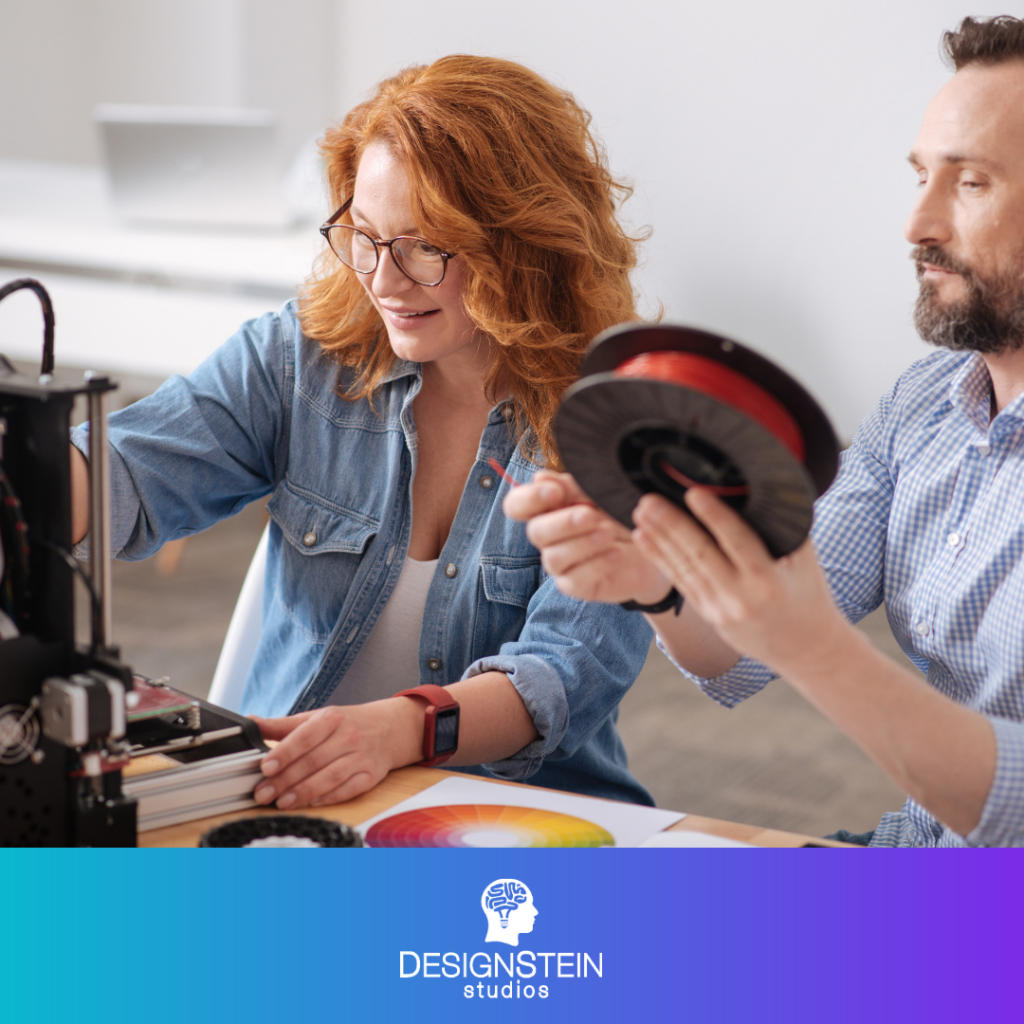Ideas always drive design. Often we come up with ideas for brands, services, products, and businesses, and then we give those ideas life. The ideation-to-design cycle includes several steps. First designers seek to understand, and they find out ideas and solutions. The overall team starts like a sponge, absorbing various inputs, insights, and observations.
During the design thinking workshops and the ideation session that occur throughout the product design process, you have to practice a beginner’s mind approach. Below are the four general principles ensure that the design thinking and ideation activities have enough room for the beginner’s mindset.
Generate without judgment
Depending upon the need, ideation sessions occur throughout the project cycle. You don’t need to have specific knowledge about the project; all you need is to be humble and open. Imagine a room full of researchers, engineers, designers, and developers, where everyone is given a specific problem to solve. Based on what a session focuses on, ideas could encompass screen architectures, device forms, and business service descriptions.
When developing ideas, not having a lot of conversation and silent sketching is a norm, and it is totally fine. The main focus is to generate ideas, neither to choose, nor to critique. But, it’s all about quantity first – quality comes later.
Clean the castle
Over the course of the project, ideas come in three stages i.e., the obvious solutions, some blue-sky ideas with no limits and then the sweet spots ideas that come along. All the ideas do not necessarily come in every session. However, they flow in over the weeks, when the team starts to grasp user criteria and technical requirements. And, therefore, an industrial design company does not rush through the concept phase. The free-flowing sessions let the teams understand and absorb the dynamics of the end product.
Initial sessions are great for identifying clear ideas and move past them. Making quick fixes helps to clear the way for more ideas ahead. Take time and be wary of to call the flowing in ideas’ solutions’ too quickly
Look up and out
Once past the crystal clear ideas, your goal is to be confident enough to think bigger and broader about the potential opportunity. Sometimes it is difficult to push up and out into solution space for projects without any specific approach that transforms the user experience.
At this stage, groups are encouraged to push for the impossible. The activity is significant for opening up the design thinking of the group. And very few concepts and ideas make it out of this stage.
Synthesize
Since initial ideas have already been explored and tested, by this point, the team is in a groove. They have to think from a user perspective and brainstorm over what is possible and required. This is the sweet spot because now you can easily combine your ideas into a novel approach.
So far if you have refrained from judgment, congratulations!! You have plenty of ideas to evolve, refine, and combine. However, this step is challenging because consolidated ideas must be evaluated and retire the weak.
Every industrial design company encourages you to come up with ideas. Taking ideas as a group is a great way to channel the critical thinking and rank ideas from technically infeasible, too bad to good ideas.
So here are the tips to active design thinking during the ideation process.
Be Humble – Realize that you neither the user nor an expert to understand the behavior and it is not even practically possible. Keep your mind open by adopting a learning and receptive approach.
Pay close attention to the customer -Start by understanding the pain points of your target user. Understand their pain points, blocks, and motivators.
Free up your mind – Sketch your idea quietly and quickly without evaluating whether ideas are going to be successful. Permit yourself to get into a judgment-free sketching flow.
Avoid judgment – Discuss your ideas with peers to understand, not to judge them. Refrain from giving the ideas a label. Let others speak their minds.
Welcome feedback – Share your work with your peers, welcome criticism, and seek perspectives. The ideal solution will be broader than your thoughts alone.
Let go– Do not protect ideas which seem familiar and never over-protect your ideas.
Be experimental– No broad brushstrokes allowed, be specific, and be visual. Always storyboard your ideas to see where your thinking can take you.
Step back – Don’t rush! Step back to pay closer attention to the ideas over the project life. Wait until you get that ‘aha’ moment which will suggest that you have found a sweet spot.
To get the most viable product, talk to an industrial design company that specializes in conducting creative ideation sessions, and facilitates design thinking workshops.

